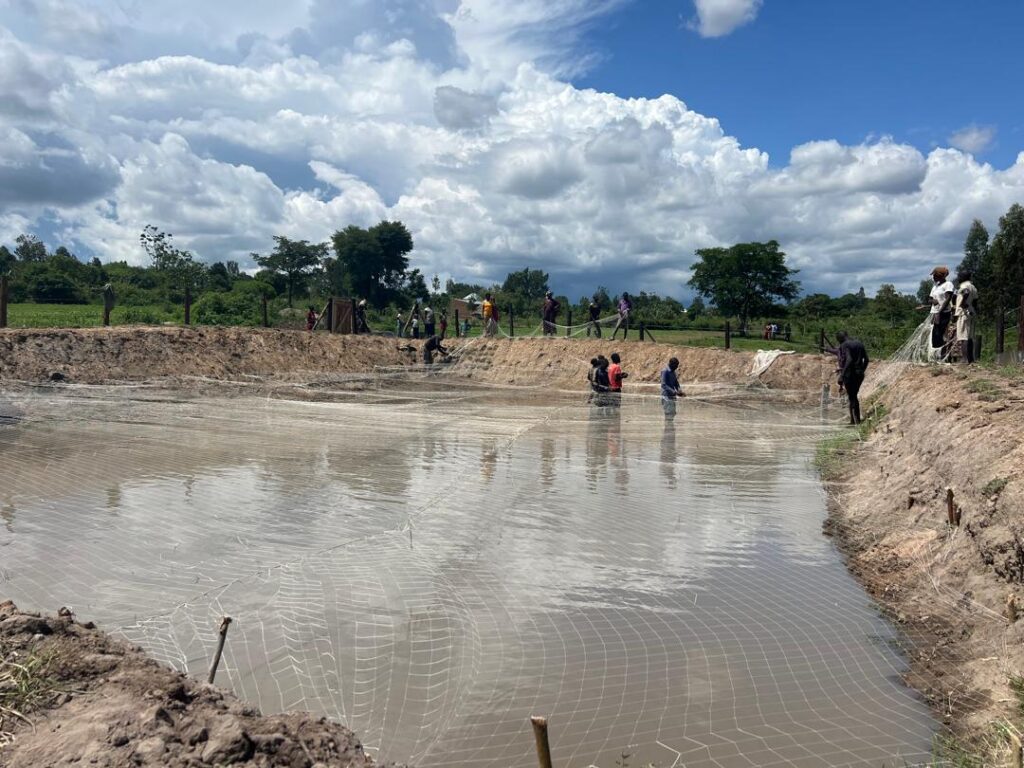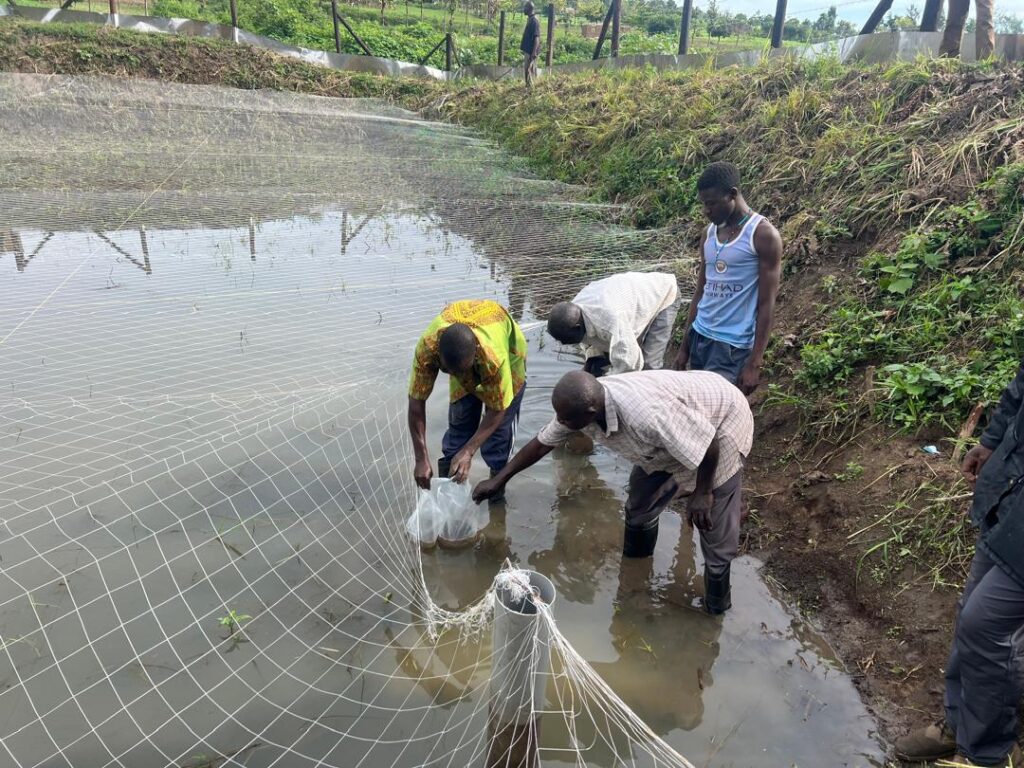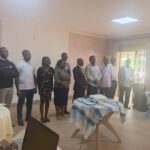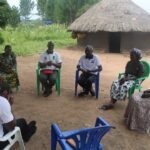Empowering Communities through Fish Farming in Lwakhakha Sub-catchment
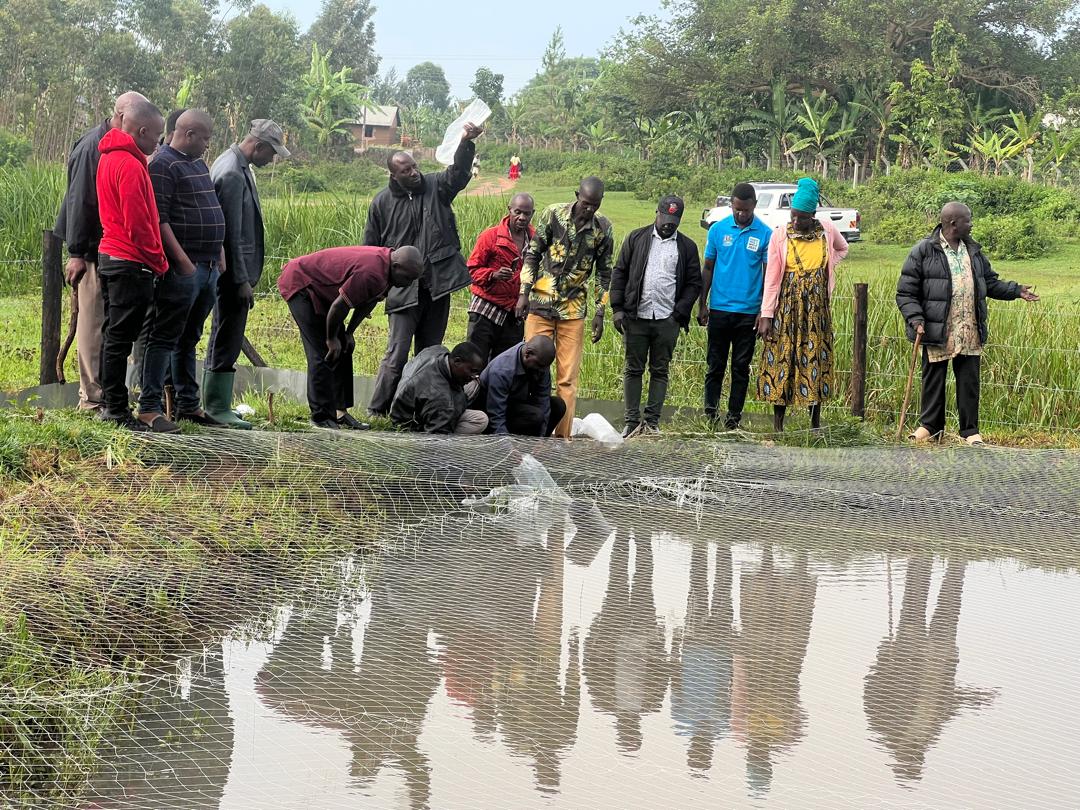
Communities in the Lwakhakha Sub-catchment have long struggled with severe environmental degradation. Traditional farming practices, combined with natural challenges, have led to widespread gully erosion, loss of fertile topsoil, vegetation cover decline, and diminishing agricultural productivity. These challenges have, in turn, reduced household incomes and jeopardized local livelihoods in the areas of Manafwa, Tororo, and Namisindwa districts in Eastern Uganda.
To address these issues, the Ministry of Water and Environment, with support from the World Bank, partnered with AidEnvironment to implement integrated catchment management interventions. These efforts have not only curbed environmental degradation but also improved soil arability, offering new hope for sustainable land use in the region.
Central to the project’s success is the integration of Alternative Income Generating Activities (IGAs) such as apiary, fodder production, and fish farming, aimed at ensuring sustainability and boosting local incomes. Among these IGAs, fish farming has emerged as a transformative opportunity, particularly in the lowland with sufficient ground water reserves.
Introducing Fish Farming: A Sustainable Livelihood Alternative
For many community members, fish farming was an entirely new concept. AidEnvironment played a pivotal role in demystifying the practice and building local capacity through a structured implementation process:
1. Community Sensitization
Training sessions were conducted to challenge the misconception that fish farming is only feasible in lakes and large bodies of water. Communities were introduced to practical and scalable fish farming techniques suitable for their context.
2. Formation of Farmer Groups
Local farmers were organised into groups, with each group establishing administrative structures supported by AidEnvironment’s technical team.
3. Capacity Building
Group members received training in best practices for fish pond management and were assigned specific roles to enhance group efficiency and accountability.
4. Site Selection
Following feasibility assessments, including water quality tests, three optimal sites were selected for pond construction. Community members volunteered land for the initiative, showcasing strong local ownership.
5. Pond Construction
Simple, low-cost earth ponds were built in collaboration with community members. Flow control systems, perimeter fencing, and predator protection measures—including netting—were installed to safeguard the fish from both terrestrial and aerial threats.
6. Stocking the Ponds
After sterilisation with agricultural lime and adequate preparation, fish fingerlings were introduced into the ponds, setting the stage for sustainable fish production.
7. Handover and Ongoing Support
The ponds and related equipment were officially handed over to the farmer groups. The AidEnvironment field team, along with district and Ministry of Water and Environment staff, continues to provide regular monitoring and technical support.
Outcomes and the Road Ahead
Through fish farming, communities are not only rehabilitating degraded flood-prone areas but also improving household nutrition and income. This initiative demonstrates the power of nature-based solutions in achieving both environmental restoration and livelihood enhancement.
AidEnvironment calls on district-level technical staff—particularly from Fisheries and Production Departments—to provide continued support and market access to ensure the long-term success of these groups.

